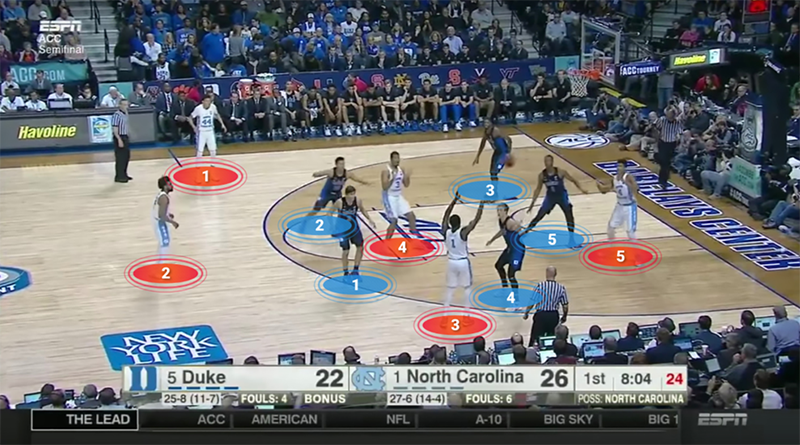STATS, a Chicago-based sports data, technology, statistics, and content company, officially launched AutoSTATS, the first artificial intelligence (AI) and computer vision technology to deliver comprehensive player-tracking data through any broadcast.
Read more STATS K50 GPS Found to be Highly Accurate in Measuring High-Intensity Performance
AutoSTATS utilizes the latest artificial intelligence and machine learning technology to automate tracking with X/Y coordinates, differentiating players and the ball and coordinating player movements around the court or playing field. AutoStats can track deep player and team performance data directly from video, opening the door to track historical games when optical tracking solutions weren’t available, says a press release.
“In 2009, STATS became the first company to install optical player tracking cameras in the rafters of NBA, capturing the deepest player-tracking and team data at that time,” said Dr. Helen Sun, Chief Technology Officer at STATS. “Since we first installed our SportVU technology, tracking data has become an integral part of game preparations for coaches, analysts, media and fans in almost every professional sport. However, with player tracking only available in stadiums with optical tracking cameras, there is an enormous gap in its availability.”

AutoSTATS has already begun collecting tracking data for select college basketball games during the 2018-19 season, and the Orlando Magic became the first NBA team to sign a deal with STATS to take advantage of AutoSTATS data, which will be used for college scouting.
Read more GolfLogix Apple Watch App Provides Golfers with Yardages, Green Images, Hole Selection and More
“STATS has been lucky to have the deepest trove of sports data, as well as the most player tracking data in the world—dating back to the first optically tracked soccer game in 1999,” said Dr. Patrick Lucey, VP of AI at STATS. “Using our years of AI and machine learning research, we have been able to plug that data into AutoSTATS, teaching the computer new aspects of the game faster. This new technology has the ability to unlock more data and insights than any sports company has ever been able to collect.”












